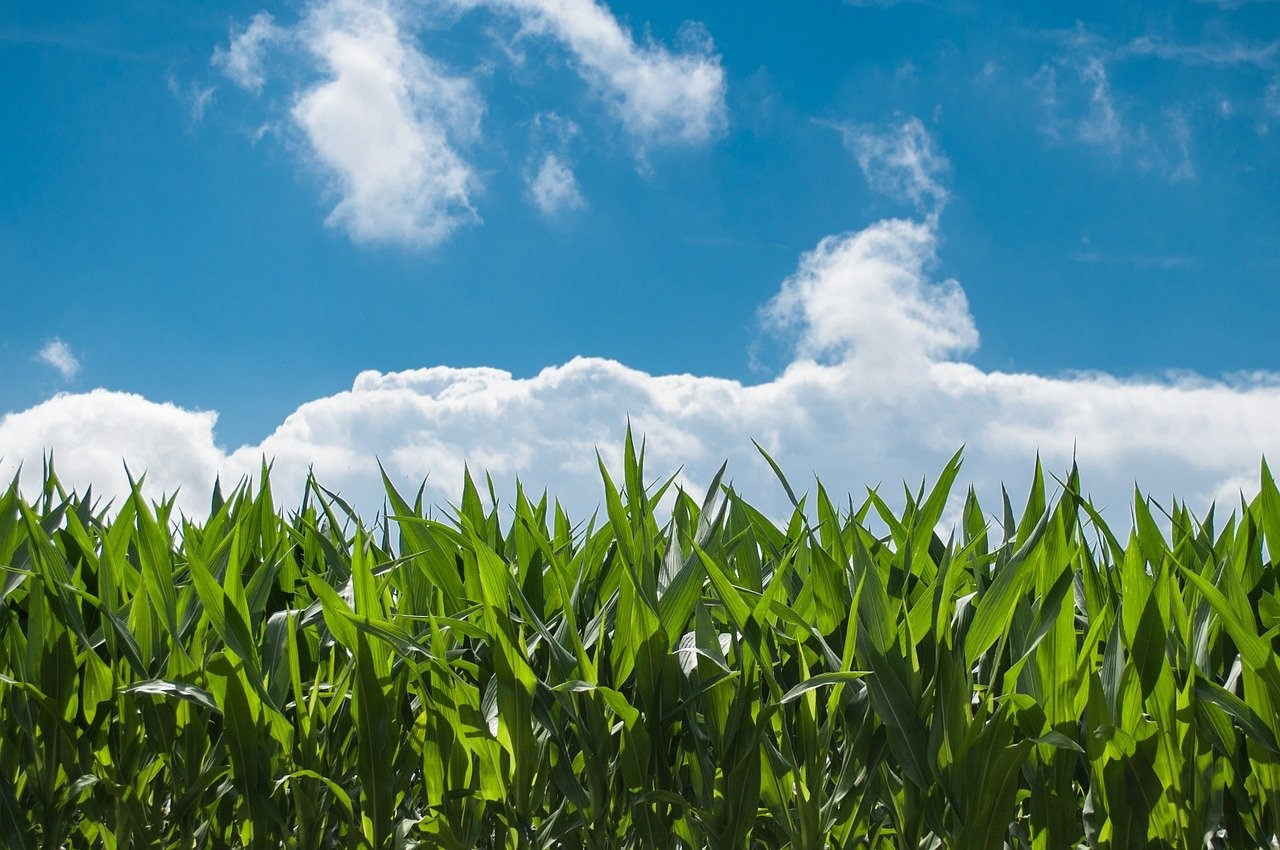Our long-running organic studies here at The Hartman Group have been detecting a broadening of thinking about sustainable agriculture that looks for assurances in farming and production cues that go beyond organic.
The rumblings of progressive, sustainability-minded, organic consumers (which include ideas that center on biodynamic farming and regenerative agriculture) are also being met from the industry side with a push toward disruptive agriculture and explorations of becoming “carbon positive” — all in an effort to combat growing recognition of the effects of conventional agricultural practices on climate change, water resources and biodiversity.
As hinted at in the late 1990s, Hartman Group research continues to find that for Core (those most intensely involved) organic and sustainability-minded consumers, under the related rubrics of purchasing organics and living more sustainably, the topics of responsible farming and land management and their linkages to regenerative agriculture are gaining traction.
Specifically, products sourced with ingredients that restore rather than deplete soil health are on the rise as a distinction of interest among the most engaged consumers. One example: “grass-fed,” once a Core consumer term, has become a mainstream buzzword to attract consumers seeking to avoid feedlot dairy and beef for personal wellness, animal welfare and sustainability concerns.
Idealized notions of farming are increasingly a respite from an industrial world
Our Organic and Beyond 2020 report finds that soil health is an emergent area of consumer concern, as more engaged individuals are able to directly connect soil health issues to the three key drivers of organic.
-
Health and Wellness (Better Nutrition). Healthier soil indicates better and more nutrient-dense food. A healthier soil microbiome = healthier human microbiome. Pesticide-free soil is absent of potentially harmful negatives.
-
Quality (Better Taste). Healthier soil implies more flavorful food. The link between soil and taste leads consumers to further culinary discovery. Farming methods attentive to soil health signal a higher-quality, more distinctive product.
-
Sustainability (Better Ecology). Soil-centered farming methods sequester more carbon, reducing emissions. Healthier soil promotes biodiversity and more disaster-resilient land.
Soil health is at the center of a collection of farming practices known as regenerative agriculture.
In general, regenerative agriculture is a growing movement in which farming practices are used to restore soil degraded by planting and harvesting crops. Related to grass-fed beef, one way to regenerate the topsoil is to graze cattle or bison on land used for growing crops, allowing their manure and left-behind forage to act as natural fertilizers, and plant crops (such as drought-tolerant sorghum) that use less water than conventional crops.
Major media outlets have been covering the rise in cultural interest in regenerative agriculture, documenting increasing activity among Big Food corporations that say they’re investing in environmentally friendly practices, such as “rebuilding biodiversity” and “eliminating deforestation.”
Consumers are certainly interested in such efforts. Our Organic and Beyond 2020 report finds that 56% of Core consumers know a lot/little about regenerative agriculture vs. 34% of total consumers.
Core consumers describe regenerative agriculture as an array of farming practices believed to build the fertility of the soil and sequester carbon dioxide from the atmosphere. These highly engaged consumers see such methods—largely inspired by approaches to biodynamic farming and permaculture—as part of an essential toolbox to slow global warming and ensure a continuous and nutritious food supply for the global population.
Future outlook: Keep an eye on core organic consumers
For consumers, soil health connects the health and wellness, quality and sustainability drivers of organic. Core consumers are already linking soil health to better taste and nutrient density of food, and Mid-level consumers are starting to articulate soil angst via concern about pesticide residues in the soil.
Farming practices such as regenerative agriculture, biodynamics and permaculture are strongly oriented to improving soil health and working to reverse climate change through carbon sequestration in the soil. These practices promise more resilient and biologically diverse food systems, responding to widespread anxieties about climate change and environmental degradation. As a result, consumer expectations of organic are beginning to shift.
Related stories:
- Functional food and beverages persist during coronavirus
- Agricultural strides: CPG companies take stake in the land
- Biodiversity plays a key role in the future of food
As CEO of The Hartman Group, Demeritt drives the vision, strategy, operations and results-oriented culture for the company’s associates as The Hartman Group furthers its offerings of tactical thinking, consumer and market intelligence, cultural competency and innovative intellectual capital to a global marketplace.
_____________________________________
If you enjoyed this article, sign up for FMI dailyLead or Restaurant SmartBrief to get news like this in your inbox, or check out all of SmartBrief’s food and travel newsletters as we offer more than 30 newsletters covering the food and travel industries from restaurants, food retail and food manufacturing to business travel, the airline and hotel industries and gaming.
